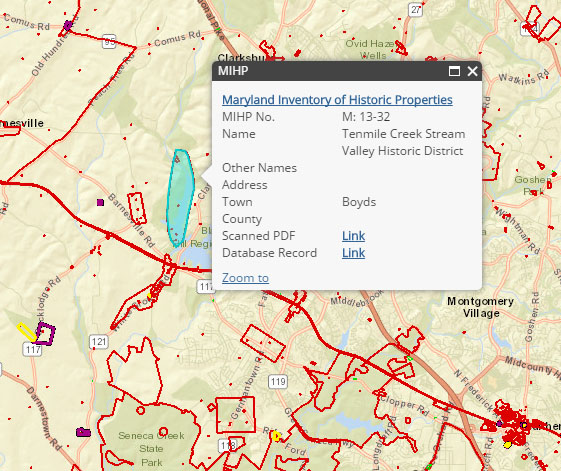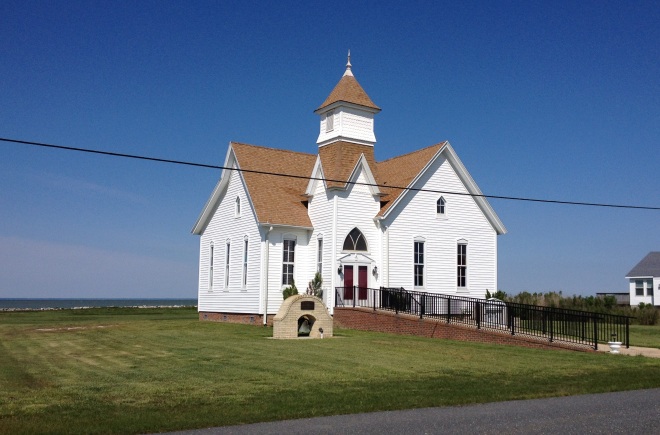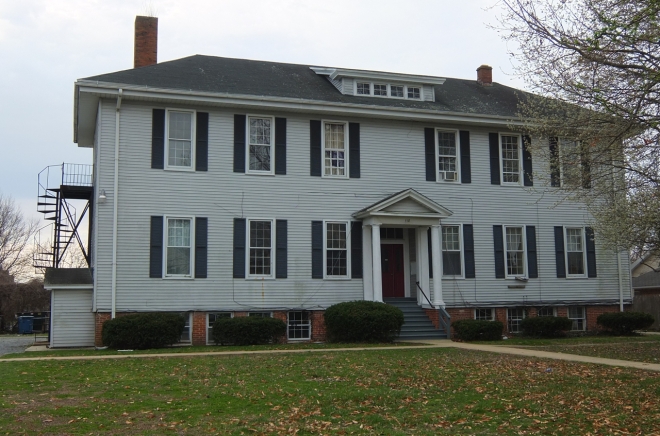By Elizabeth Hughes, Director and State Historic Preservation Officer
As we welcome the new year, I would like to share recent leadership changes on the Maryland Historical Trust Board of Trustees that will guide our organization into 2019. MHT’s 15-member Board includes the Governor, the Senate President, and the House Speaker (or their designees), and 12 members appointed by the Governor.

Chairman Brien Poffenberger
In 2018, Charles Edson completed a distinguished six-year term as Chairman of the Board, turning the gavel over to Brien J. Poffenberger, elected as Chairman in July. Brien has held leadership positions in the public and private sectors and has worked for a range of businesses, both large and small. Previously he served as President/CEO of the Maryland State Chamber of Commerce, as Executive Director of the National Association for Olmsted Parks, and in various positions at General Electric and on Capitol Hill. Brien also has experience teaching, acting as an adjunct professor at Northern Virginia Community College and Shepherd College in West Virginia, where he taught American Architectural History. Brien has an MBA from Georgetown University, an MA in Architectural History from the University of Virginia, and a BA in Government from the College of William & Mary. His family is originally from Sharpsburg (Washington County) and he now lives in Annapolis with his family.

Vice Chairman Laura Mears
Elected as Vice-Chairman of the Board is Laura Davis Mears, an Eastern Shore native with a passion for history and historic preservation. A graduate of Salisbury University, Laura subsequently studied and trained in various aspects of fundraising and nonprofit management, working in the nonprofit arena for 18 years. Laura has served on the Boards of several entities related to history and preservation, including the Somerset County Historical Society, Preservation Trust of Wicomico, and the Maryland Heritage Alliance. She is currently on the boards of Historic St. Martin’s Church Foundation and Rackliffe Plantation House Trust. Laura resides in Berlin (Worcester County) with her husband Tom, two sons Davis and Will, and their Golden Retriever, Captain.

Treasurer Sam Parker
Continuing his position as Treasurer of the Board is Samuel J. Parker, currently a partner with the consulting firm Parker Associates Global, which promotes economic and sustainable development in Africa. Mr. Parker is Chairman of the Board of Trustees for Prince George’s Community College in Maryland, a board member of the Aman Memorial Trust, and a board member of the Housing Initiative Partnership. From 2006 to 2011, Mr. Parker served as Chairman of the Prince George’s County Planning Board and the Maryland-National Capital Park and Planning Commission. He is a graduate of Catholic University of America and has a Masters of Regional Planning from Cornell University. Sam lives in Riverdale (Prince George’s County) with his wife Patricia.
Congratulations to Brien, Laura, and Sam on their election and thank you to all of the MHT Board members who generously volunteer their time to support our preservation mission throughout the year.

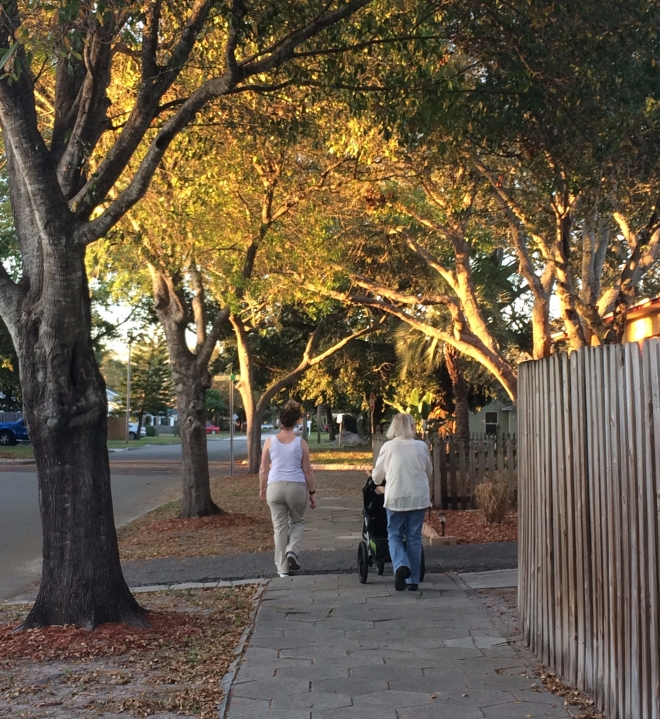
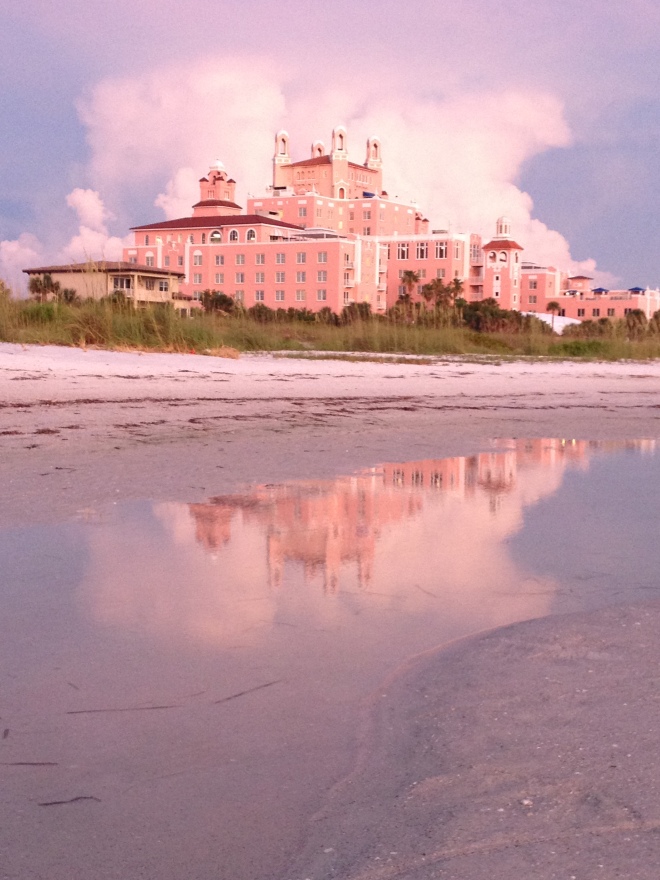
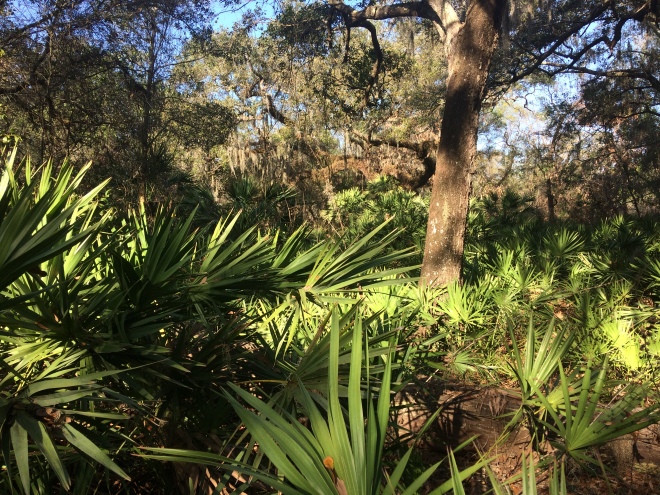
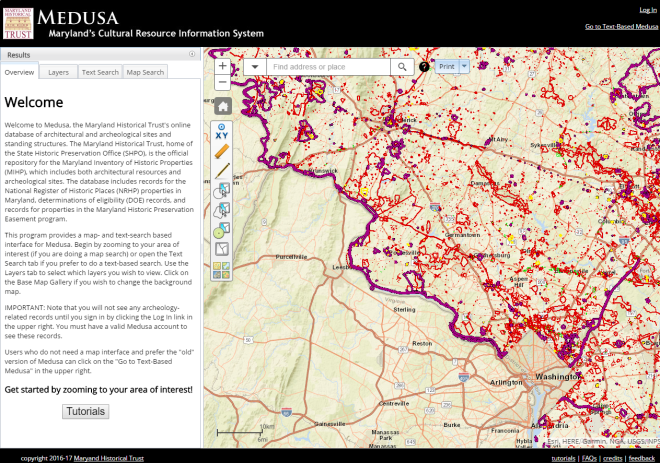 The new system allows both in-house and remote access to the documentation of over 60,000 architectural and archeological resources in a variety of ways. Consultants and staff can view a proposed project area and see all known cultural resources, with links to Maryland Inventory of Historic Properties forms, National Register nominations, determinations of eligibility, and other detailed documents. Map-based Medusa also allows you to look up a property by name, address or inventory number, and view that property on a map along with associated forms and photos.
The new system allows both in-house and remote access to the documentation of over 60,000 architectural and archeological resources in a variety of ways. Consultants and staff can view a proposed project area and see all known cultural resources, with links to Maryland Inventory of Historic Properties forms, National Register nominations, determinations of eligibility, and other detailed documents. Map-based Medusa also allows you to look up a property by name, address or inventory number, and view that property on a map along with associated forms and photos.